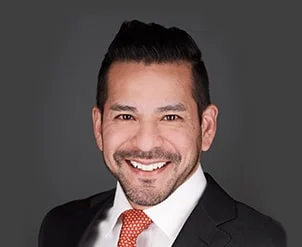Five Assets a Grey Bankruptcy Can Protect

As people get older and their primary income-producing years are behind them, their financial priorities change. Instead of acquiring more assets, many of these people focus on protecting the assets they already have. Such protection is important not only for their own financial security, but also for the legacy they hand down to their children.
Increasingly, older people are counting on bankruptcy to shield their assets from creditors. In fact, the over-65 bankruptcy filing rate is three times higher today than it was in 1991.
Regardless of your financial situation, an experienced bankruptcy lawyer can show you how this federal program can protect the assets which mean the most to you and your family.
Home Equity
Indiana’s home equity exemption is $35,200 for a married couple. If the owners have lived in even a modest house for more than ten or fifteen years, they probably have more equity than that in their home. So, at first blush, it appears that bankruptcy cannot prevent a creditor from taking the house and selling it to pay debts.
But not so fast. Bankruptcy debtors must declare the as-is cash value of all their assets. That’s different from the fair market value or the actual cash value. If you sell expensive fishing equipment in a garage sale, it would only fetch pennies on the dollar, even if it is almost brand new.
Home investor offers sometimes help establish a home’s as-is cash value. These companies usually offer a maximum 60 percent of a home’s fair market value.
Motor Vehicle
Roughly the same math applies to cars, trucks, and other motor vehicles. Indiana’s wildcard exemption, which must be used to protect a motor vehicle, is only $4,000. Once again, that small exemption seems incapable of protecting expensive vehicles.
But the equity amount is the only thing that matters. Most new cars have very high resale values, but practically no equity. Conversely, an owner might have a lot of equity in a used vehicle. But these vehicles typically have basically no resale value.
Retirement Account
Other than a house, a retirement account is usually a family’s largest asset. Additionally, a retirement account is more than numbers on a spreadsheet. It represents long-term security. So, it’s very important to protect an IRA, 401(k), or other such account.
These accounts are 100 percent exempt under Indiana law. The exemption might also apply to long-term college savings accounts, like a 529 plan.
Social Security Benefits
Bankruptcy normally does not protect cash in a checking or savings account. At best, it only protects some of it. However, even though they are on deposit in such an account, Social Security benefits are a protected asset. Creditors cannot touch them.
Commingling may be an issue. If the debtor deposits current wages or other nonexempt income in the same account with Social Security benefits, it’s difficult to separate them.
Personal Property
Bankruptcy protects almost all furniture, computers, and other personal property. The aforementioned as-is cash value classification applies here. A laptop computer may be very valuable to a family, but have almost no intrinsic value.
Additionally, if the computer or other property qualifies as a tool of the trade, additional exemptions may be available. So, if you use the computer for work purposes as well as personal purposes, it may be protected regardless of its monetary value.
Contact Dedicated Lawyers
If you need to file bankruptcy, your assets are probably safe. For a free consultation with an experienced Chicago bankruptcy attorney, contact the Bentz Holguin Law Firm, LLC. After-hours visits are available.
Resource:
nytimes.com/2018/08/05/business/bankruptcy-older-americans.html


